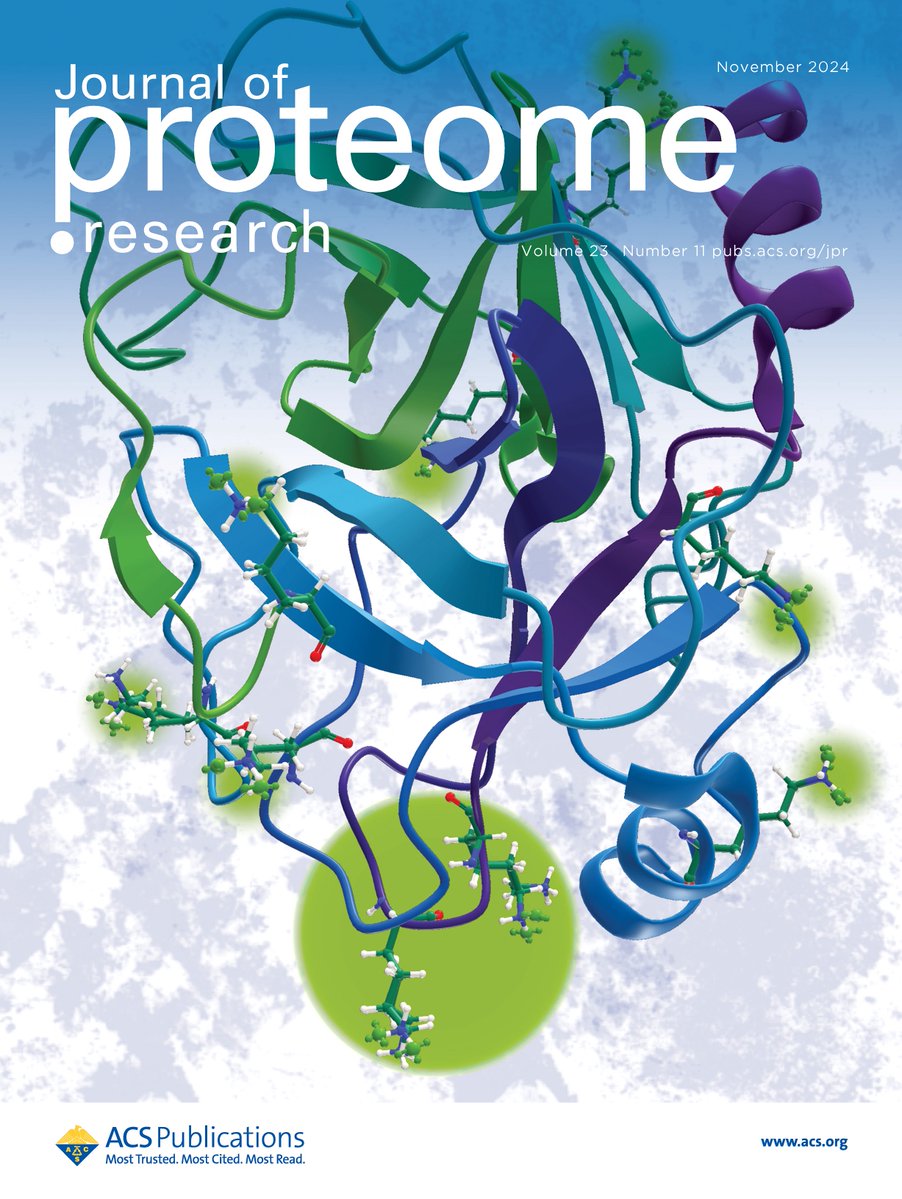使用接近结扎法检测蛋白质相互作用的技术考虑。
IF 3.6
2区 生物学
Q1 BIOCHEMICAL RESEARCH METHODS
Journal of Proteome Research
Pub Date : 2025-05-02
Epub Date: 2025-04-11
DOI:10.1021/acs.jproteome.4c00855
引用次数: 0
摘要
近距离结扎法已广泛应用于细胞和组织中蛋白相互作用的检测。虽然具有很高的敏感性,但其特殊性往往被忽视。在这里,我们报告存在不同程度的假阳性观察与此分析,最有可能是由于其高灵敏度。我们还提供了减少假阳性的建议,以便更准确地检测蛋白质之间的相互作用,特别是膜蛋白。这些建议包括共同染色靶蛋白,使用各种阴性对照和合适的抗体,尽可能避免使用洗涤剂,并验证与互补方法的相互作用。本文章由计算机程序翻译,如有差异,请以英文原文为准。
Technical Considerations for Detecting Protein-Protein Interactions Using Proximity Ligation Assay.
Proximity ligation assay has been widely used to detect protein-protein interaction in cells and tissues. While with great sensitivity, its specificity was often neglected. Here, we report the existence of varying levels of false positives observed with this assay, most likely due to its high sensitivity. We also provide suggestions to minimize false positives for more accurate detection of protein-protein interactions, especially for membrane proteins. These suggestions include co-staining target proteins, using various negative controls and suitable antibodies, avoiding detergents if possible, and validating interactions with complementary methods.
求助全文
通过发布文献求助,成功后即可免费获取论文全文。
去求助
来源期刊

Journal of Proteome Research
生物-生化研究方法
CiteScore
9.00
自引率
4.50%
发文量
251
审稿时长
3 months
期刊介绍:
Journal of Proteome Research publishes content encompassing all aspects of global protein analysis and function, including the dynamic aspects of genomics, spatio-temporal proteomics, metabonomics and metabolomics, clinical and agricultural proteomics, as well as advances in methodology including bioinformatics. The theme and emphasis is on a multidisciplinary approach to the life sciences through the synergy between the different types of "omics".
 求助内容:
求助内容: 应助结果提醒方式:
应助结果提醒方式:


